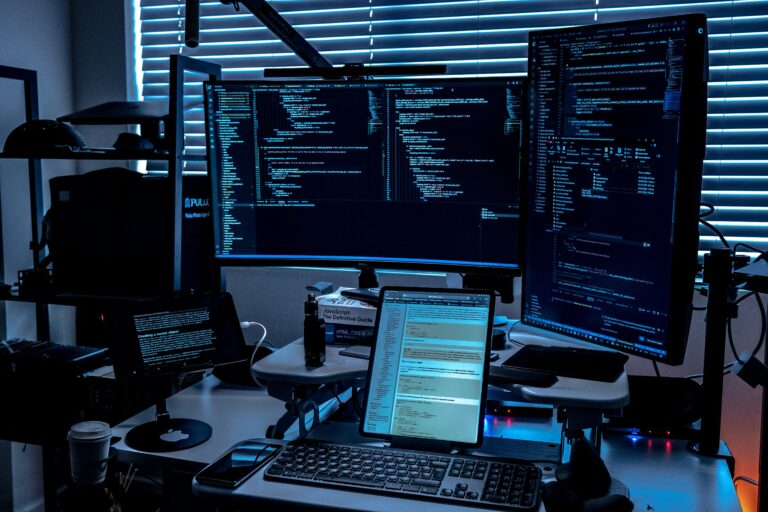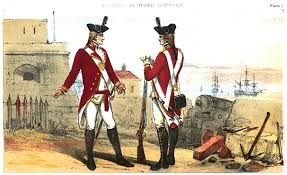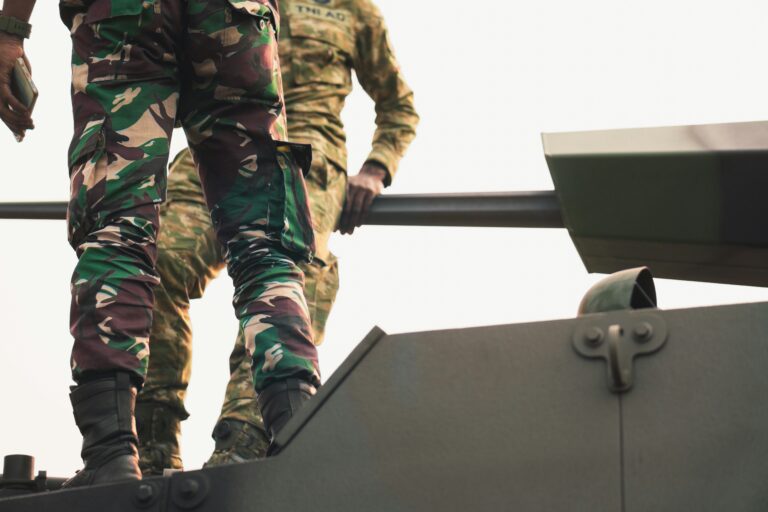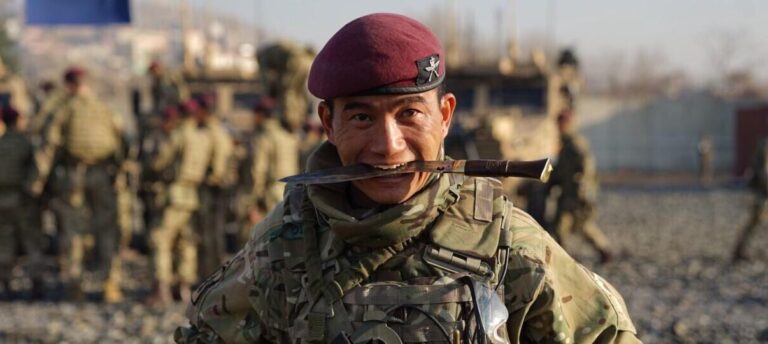Combat Medics in the British Army:
Introduction
Combat medics are among the most vital personnel in the British Army. Known officially as Combat Medical Technicians (CMTs), they are responsible for providing immediate medical care to injured soldiers in the field, often under hostile conditions. These unsung heroes serve both as first responders and health practitioners, ensuring wounded personnel have the best chance of survival before being evacuated to higher-level care.
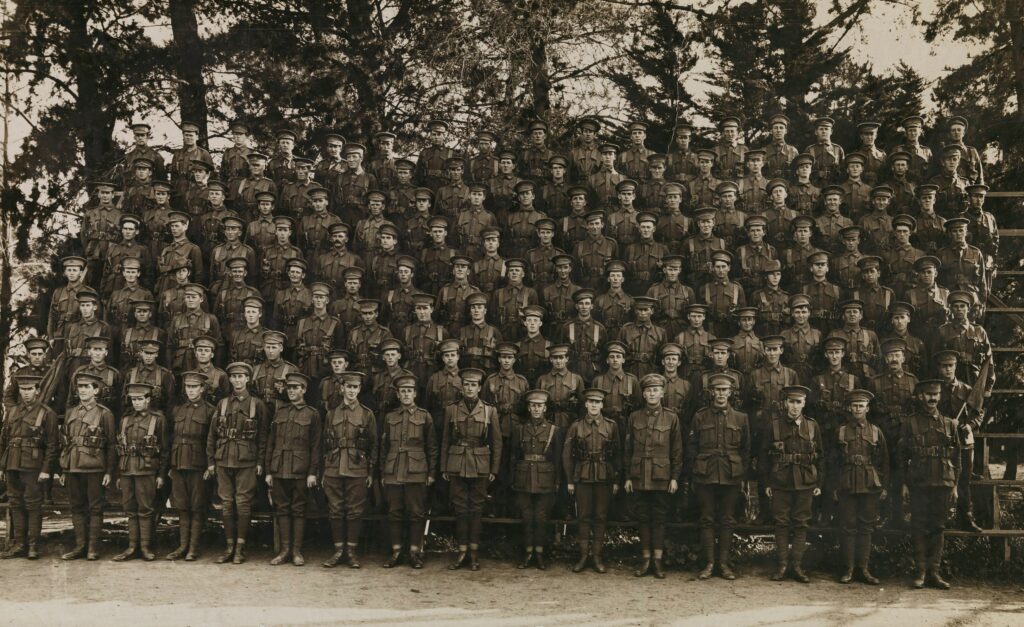
The Role of a Combat Medic
Combat medics are trained to diagnose, treat, and stabilize casualties in combat and operational environments. Their core responsibilities include:
- Performing emergency first aid (e.g. stopping bleeding, resuscitating)
- Managing airway, breathing, and circulation
- Administering intravenous therapy
- Evacuating casualties using medical evacuation procedures
- Assisting in clinics and field hospitals
- Recording medical data for battlefield reports
CMTs often serve in forward positions, sometimes embedded with infantry units, meaning they face the same dangers as frontline troops while carrying the additional burden of life-saving medical duties.
Training and Qualification Pathway
Becoming a Combat Medic in the British Army involves rigorous training. New recruits must complete:
- Phase 1 Training
The 14-week initial soldier training at locations like ATR Pirbright or Winchester, where recruits learn basic military skills, discipline, fitness, and teamwork. - Phase 2 Training (Role-Specific)
This takes place at the Defence School of Healthcare Education (DSHE) at Whittington, Staffordshire. Recruits learn:- Trauma management
- Anatomy and physiology
- Infection control
- Combat casualty care
- Tactical fieldcraft specific to medics
They emerge as Class 3 Combat Medical Technicians and will continue to train and progress to Class 2 and 1, eventually becoming paramedic-qualified if they stay long-term.
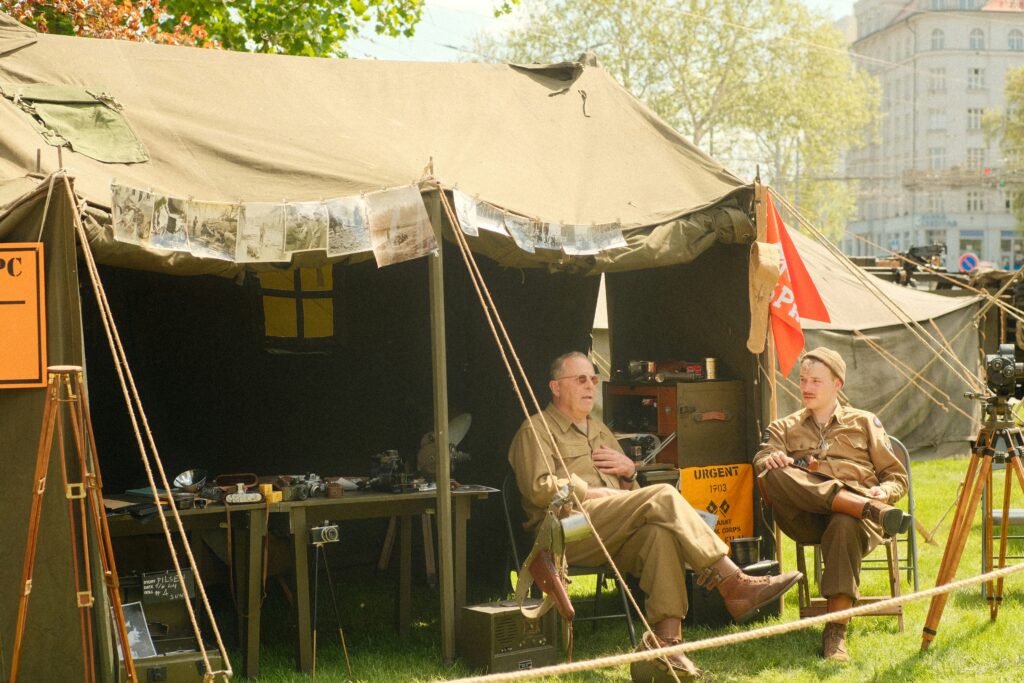
Working Environments
Combat medics serve in a variety of locations and units, including:
- Infantry battalions
- Armoured regiments
- Medical regiments
- Peacekeeping and humanitarian missions
- War zones such as Afghanistan, Iraq, or classified deployments
They can also support in non-combat settings, such as COVID-19 pandemic response, natural disasters, or civil emergencies, working alongside NHS and civilian agencies.
Equipment and Tools
CMTs are equipped with advanced field medical kits, including:
- Tourniquets, field dressings, and haemostatic agents
- IV fluids and cannulation kits
- Airway management tools (e.g. nasopharyngeal tubes)
- Vital signs monitors
- Medical evacuation stretchers (NATO standard)
- Personal protective equipment and ballistic vests
They often carry this equipment in modified rucksacks or webbing, enabling mobility and rapid response.
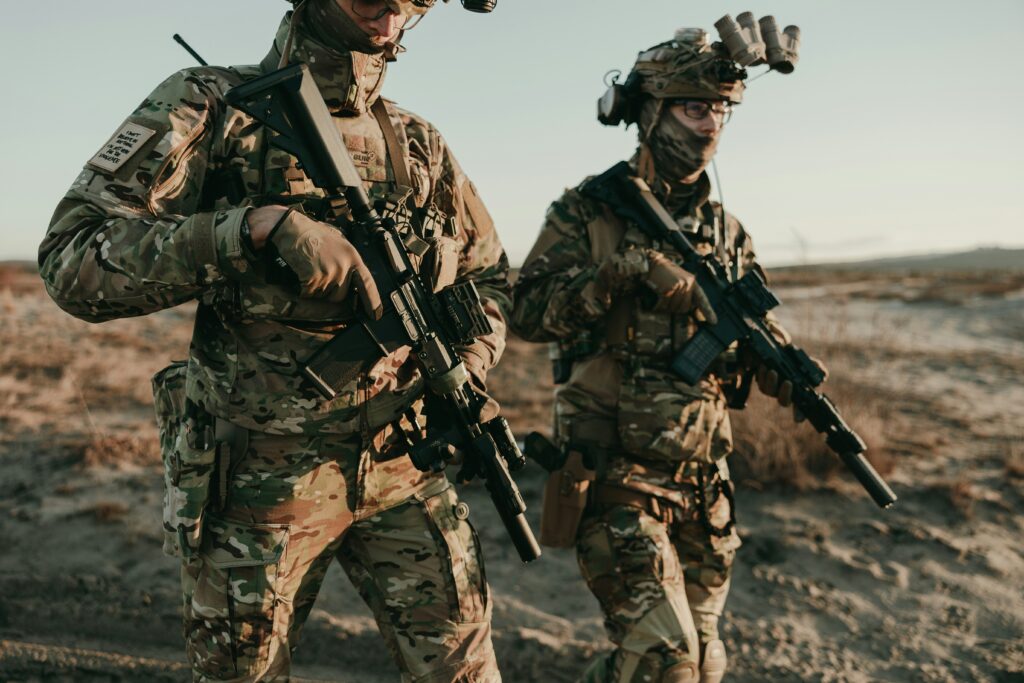
Challenges of the Role
Being a combat medic is demanding — physically, emotionally, and mentally.
- Stress and Pressure: Life-or-death decisions must be made within seconds under fire.
- Exposure to Trauma: Regular exposure to grievous injuries, fatalities, and intense suffering.
- Dual Role: Medics are also soldiers and must remain combat-capable, carrying weapons and engaging in fire if necessary.
- Ethical Dilemmas: In triage situations, they may have to prioritise who can and can’t be saved.
Despite these challenges, most medics report a deep sense of fulfilment, knowing they make a difference when it matters most.
Career Progression
A career as a CMT offers several pathways:
- Class 1 CMT: With experience, medics take on more responsibility and manage junior medics.
- Paramedic Conversion: The Army sponsors selected medics to complete the Diploma in Paramedic Practice, enabling them to register with the Health and Care Professions Council (HCPC).
- Commissioned Officer: Some progress to become officers in the Royal Army Medical Corps.
- Civilian Transfer: Skills transfer well to the NHS, ambulance service, or humanitarian organisations (e.g. Médecins Sans Frontières).
Real Stories: On the Ground with a Combat Medic
Private Liam Andrews, a CMT deployed to Helmand Province, Afghanistan, shared:
“We came under IED attack, and I had three casualties within 20 metres. It was chaos. I had to treat a triple amputation with one hand while firing my rifle with the other. That day, I realised I wasn’t just a medic — I was a soldier and a lifeline.”
Salary and Benefits
As of 2025, a new CMT in the British Army can expect:
- Starting salary: Around £18,500–£22,000 during training
- Post-training: £27,000+ with progression
- Parachute or deployment bonuses for certain units
- Housing, food, and pension benefits
- Free qualifications and health care
Conclusion
Combat medics represent a unique blend of compassion and courage. They are trained killers when needed, but more importantly, they are saviours under fire. In a profession where every second counts, and lives are constantly at stake, these medics carry the weight of war not just in combat but in the care they give.
Their role may be niche, but their impact is immeasurable.

